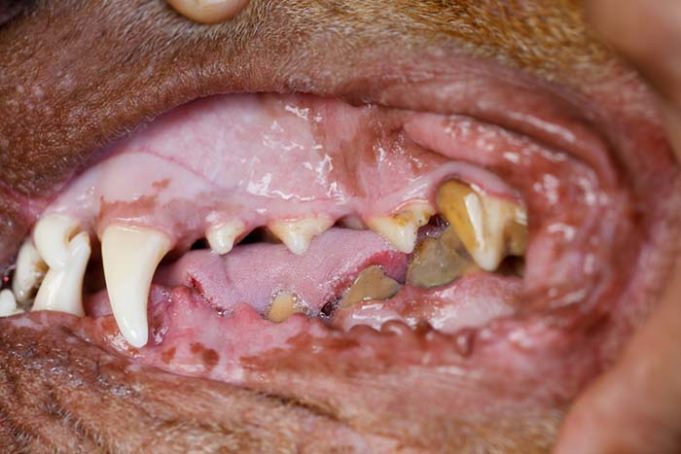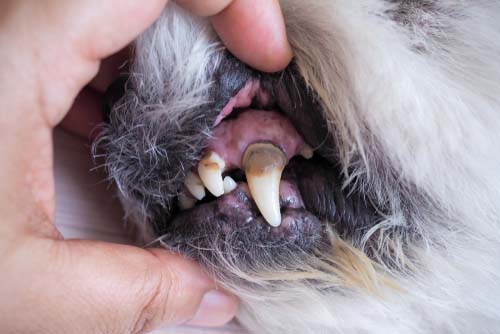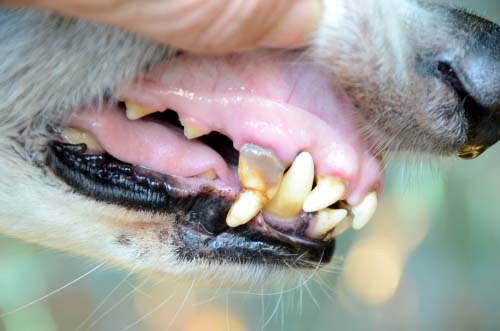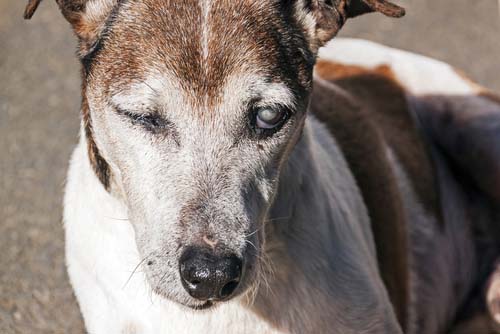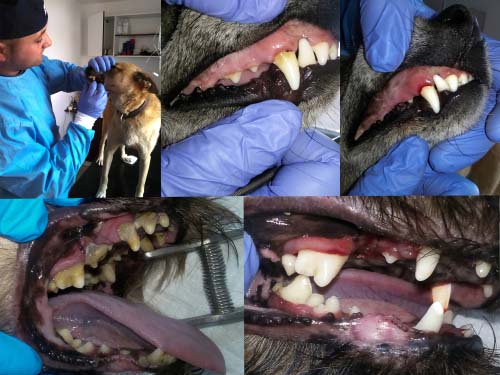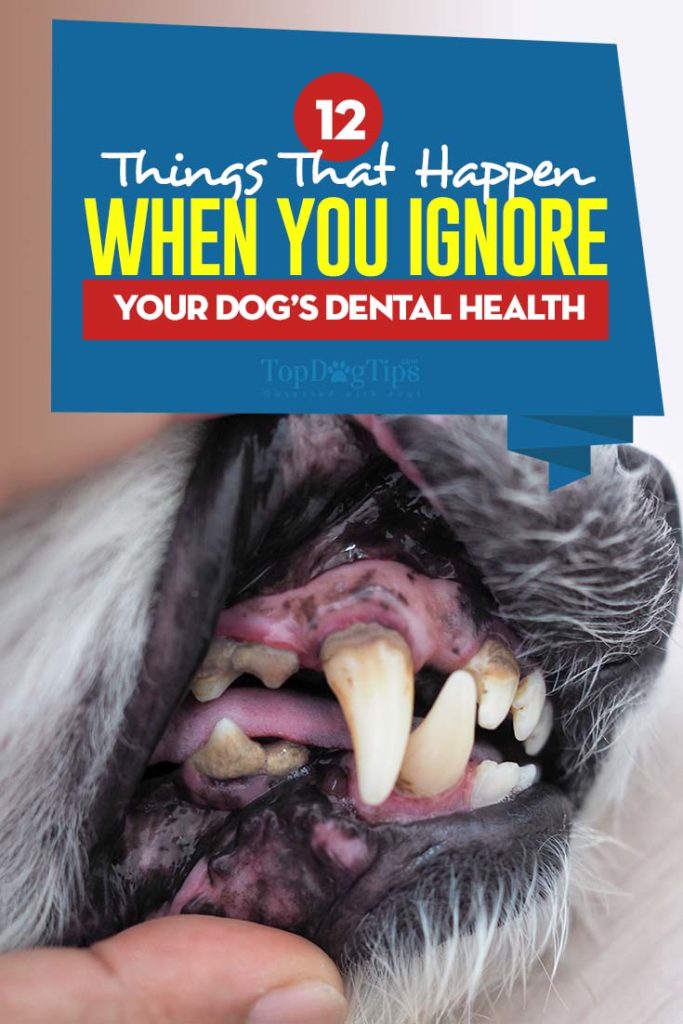A dog's dental health is vital to the animal's overall wellness. Unfortunately, it’s common for veterinarians to encounter dogs with neglected dental health, as even the most loving pet owners overlook their dog's oral hygiene.
A study shows that 82 percent of dogs between the ages of six and eight and 96 percent of dogs beyond 12 years old suffer from periodontitis.
Dogs develop some form of dental problem by the time they are three years old because their owners do not initiate dental cleanings and checkups.
Many fur parents don't realize that a dog's dental disease can lead to health complications that affect his other organs.
Here are 12 alarming problems that can develop when the health and care of the dog’s teeth are ignored.
12 Things That Can Happen Due to Ignored Dog Dental Health
1. Bad breath
As with humans, plaque and tartar can build up in the dog's teeth.
Without regular brushing or cleaning, the dog's breath will eventually smell very foul.
Most owners think it's normal for a dog's breath to smell bad, but that's not necessarily true and the pup might already be suffering from halitosis due to the bacteria build up.
Halitosis in dogs, however, might also be a sign of a metabolic disorder, a respiratory problem, or pharyngitis and tonsillitis that might be symptoms of cancer.
If your dog’s breath has the worst odor you've ever smelled, don’t delay the dental checkup anymore.
2. Lowered immune system
The presence of bacterial infection in the dog's gums would activate his body's immune system defenses.
However, if nothing is done to remove the plaque and tartar, or to stop the inflammation and swelling, his body would be strained from fighting off the infection every second.
This will then lead to a greater damage in the balance of your dog's immune system. It’s best to deal with the plaque and tartar buildup as soon as possible.
3. Gingivitis
When plaque and tartar accumulate on the dog's teeth, it can lead to inflammation, bleeding, and swelling of the dog's gum line. In veterinary dental health, this condition is known as gingivitis, which is actually a preventable disease.
The best way to avoid gingivitis is through frequent use of dog toothbrush and toothpaste, and not be lazy about brushing your pet's teeth, which is very common among dog owners, according to the experts from the Journal of Veterinary Dentistry.
4. Septic fever
Did you know that your furry companion could develop a septic fever because of what’s happening to his teeth?
The infection could be slowly poisoning his blood due to a weakened immune system and the significant presence of bacteria in his bloodstream.
This condition can be fatal if the dog has low blood pressure, and it's not just high body temperature (fever). A dog's body could experience septic shock, too.
5. Receding gums

When the teeth have a noticeable gap from the gums or start to show part of their roots, it's an indication of an advanced stage of periodontal disease.
Even humans often develop this condition, which is medically termed a gingival recession.
This may result in tooth loss that will make it difficult for the dog to eat his food. Regular brushing and dental chews may be some of the best ways to prevent this.
6. Bone weakness and bone loss
A dog's jawbone can develop bone weakness if a tooth cavity is present.
Cavities form because of the type of foods the dogs ingest and not because of the infection.
If your pooch is fed human or generally bad foods rich in sugar or starch, then he’s more prone to cavities.
Always check the dog’s food label for the ingredients. But cavities that aren't dealt with will continue to release toxins that impact the bone tissues.
It can result in another health problem—bone loss.
7. Oronasal Fistulas
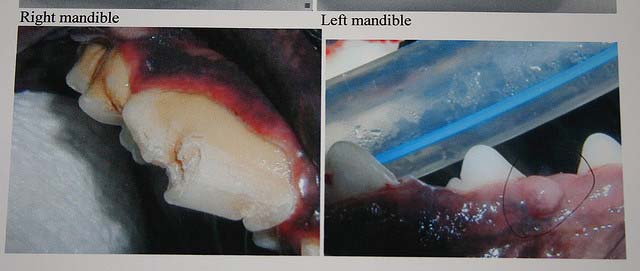
Badly infected teeth can lead to a disease known as oronasal fistulas or the abnormal opening or hollowing of the passageway in the mouth and the nasal cavity.
In dogs, it's commonly found in the upper jaw, near the fourth premolar.
It can be corrected through surgery, as food and water can get lodged in the opening and cause other problems like runny nose, sinus inflammation, and pneumonia.
Fortunately, this complication isn't so common, as only 4 dogs out of 80 case studies via The Canadian Veterinary Journal had oronasal fistulas.
8. Bone infection
Bone infection, also known as osteomyelitis, occurs when bacteria from an inflammation related to dental health travel into the bloodstream and eat away the bone marrow.
Though this is a rare condition, treating a bone infection in dogs can nonetheless be costly and for the long term.
There are many challenges in caring for a dog that has a bone infection, so the best treatment is always prevention.
9. Vision problems due to abscess
Untreated plaque and tartar buildup in your dog's mouth can trigger a full-blown infection that causes an abscess in the roots of the teeth.
This swollen area filled with pus, however, might also threaten the vision of the dog since the teeth’s roots are found just below his eye's reach.
In some cases, a dog's eye might start to swell and look uncomfortable.
This is usually a sign that pus from the abscess has spread to the tissues near his eyes, and there are a number of eye problems a dog may develop.
10. Loss of appetite
Every human knows the pain of an infected tooth. This pain and discomfort are no different in dogs.
The dog's condition could very quickly deteriorate if the owner does not bring the pet to see a vet for dental treatment.
Prolonged pain and infection could lead to the loss of appetite that can progress into weight loss and slow deterioration of health, affecting many different areas.
11. Liver infection
Toxins from chronic infection can easily find their way into the dog's liver each time the animal swallows bacteria from his mouth.
While liver functions to rid the body of contaminants, too much bacteria can make any four-legged companion very sick, and may open up a road for a number of other liver related health problems.
12. Heart valve infection
What started as a bacterial infection in the dog's teeth can become a heart condition known as endocarditis.
It occurs when the bacteria multiply and advance through the bloodstream, infecting the rest of the dog's organs.
This is a very serious condition because, when left untreated, endocarditis might end up as heart failure in dogs and cause the death of your pet.
Final Thoughts
Dogs can never tell their owners about their oral discomfort, and it's probably why it's easy to disregard their dental hygiene.
Ideally, you should brush your pet's teeth every evening, and dogs should get regular dental check-ups to address any concerns before the problems worsen.
On top of that, there are many additional doggy dental products that make caring for your pup's teeth easier, such as dental chews or dog dental water additives. Ultimately, always remember to go to regular vet check-ups.
And if your vet isn't equipped to handle a dog's teeth, ask for a recommendation for a veterinary dentist.
READ NEXT: 7 Foods and Chews for Dog’s Dental Health (Backed by Science)
Pin and share with other dog owners:


